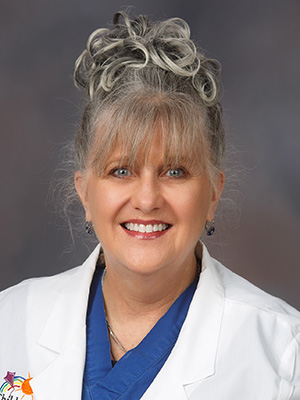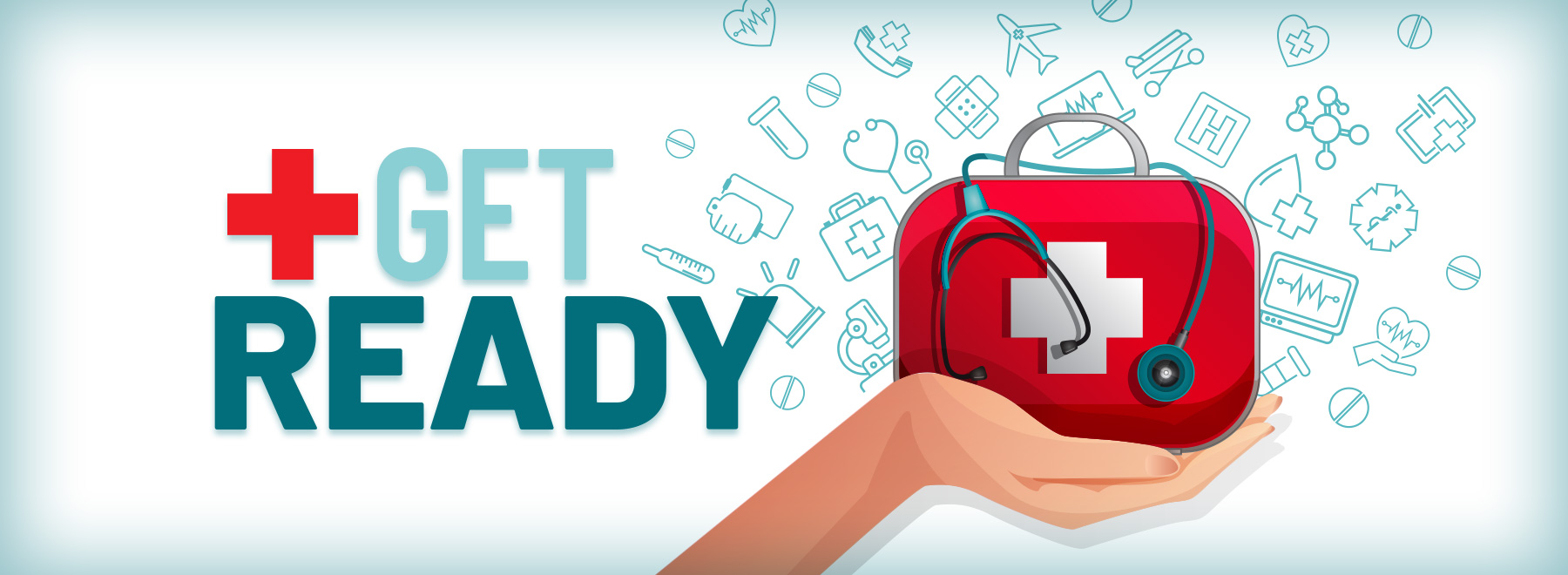Build a first-aid kit based on your needs, UMMC experts say
The best time to think about a first-aid kit is before you need one.
Burns, cuts, scrapes and splinters are just a few of the reasons it’s smart to keep a first-aid kit on hand at home and in your vehicle, experts at the University of Mississippi Medical Center say.

“Prevention is always best but that is not always possible,” said Dr. Kerry Yancy, assistant professor of pediatric emergency medicine and the first and only doctor in the state certified by the American Board of Disaster Medicine. “The most important factor in dealing with unexpected illness or injuries is being prepared. Learn how to respond if an emergency arises. Have basic supplies readily available. Take classes. Make safe choices.”

First-aid kits are such an important item to have every day, said Dr. Carl Mangum, an associate professor in the UMMC School of Nursing and an emergency preparedness and response specialist. “Individuals and families should have one at home and for each vehicle.”
What goes in that kit should be unique to each family, Yancy said. “The supplies in one’s medicine cabinet or on-the-go kit should be tailored to the needs of the individuals, the age of the child, and the lifestyle of the family.”
Considering the weather and risks is essential to having the right items on hand in a vehicle first-aid kit, said Dr. Benji Dillard, chief of pediatric ambulatory medicine.
“You have to take into consideration the climate you live in, and the risks associated with your travel,” he said. “Items such as a reflective emergency blanket and bottled water would be handy if you find yourself in need away from home.”
Pre-made first-aid kits, available at retail stores, pharmacies and online, are an option but may not be the right fit.
“There is always a question of whether to buy a pre-made kit or build your own,” Mangum said. “There are three answers: buy one, build one or add items to one to make it your own.”
Yancy said making a first-aid kit from scratch can be the most personalized and cost-effective option.
“These premade kits are quite convenient, but they probably are not going to be what is ‘just right’ for anyone’s needs,” Yancy said. “They often have a large number of adhesive bandages and small packets of antibiotic ointment and wound cleansers. These items tend to be used the most. They may have many other items that will never be used and cause unnecessary expense. Often a family buys far more than they will ever need and for more money than they should spend on supplies.”
Most families may find it better to make a small do-it-yourself first-aid kit that is best suited to their needs, she said. This can be a group of supplies stored in a cabinet instead of a formal kit. A small kit could also be tucked inside a diaper bag or tote.
“This should be clearly labeled as a first-aid kit,” Yancy said. “It might be a good idea for the bag to be bright red, orange, or yellow so it is easy to find.”
Include an epinephrine injector for a family member who has a severe allergy, or a juice box, glucose tablets and gels and an emergency glucagon injection kit if there’s a person with diabetes in the family, the U.S. Centers for Disease Control and Prevention suggests.
When deciding what to add to a personal first-aid kit, Mangum said it’s essential to know how to use what you include.
“Only you know the limits of your medical knowledge,” he said. “Because there are very real risks involved with administering medical treatment, it’s best to buy only those items you know how to use effectively and correctly.”
The American Red Cross suggests including adhesive bandages, compress dressings, gauze pads, cloth tape, antibiotic ointment, antiseptic wipes, non-latex gloves, tweezers, bandage scissors, and an oral thermometer (non-mercury and non-glass), among other items.
Pain medications and diphenhydramine (generic Benadryl) for allergic reactions are also good to include, as are instant cold packs.
“If a family member has a complex medical condition, any significant past health issues or takes any medicines daily or as needed, be sure to write this info out and place this paper in the cabinet with the supplies and in any kit that is carried on outings,” Yancy said. “Be sure to note any drug allergies.”
Check your kit regularly, tossing any expired items and replacing ones that have been used.
Yancy cautioned against leaving a first-aid kit in a hot car for a prolonged period since some items can be ruined by the high temperatures. Others, such as hand sanitizer, can burst open.
Proper preparation and knowledge are essential in situations where someone in the family needs care, Dillard said. “I would recommend everyone take a first-aid and CPR class to help become familiar with the basic knowledge and skills involved.”
Classes are available from UMMC, the American Red Cross or other organizations. The American College of Surgeons offers “Stop the Bleed” training online.
The above article appears in CONSULT, UMMC’s monthly e-newsletter sharing news about cutting-edge clinical and health science education advances and innovative biomedical research at the Medical Center and giving you tips and suggestions on how you and the people you love can live a healthier life. Click here and enter your email address to receive CONSULT free of charge. You may cancel at any time.



